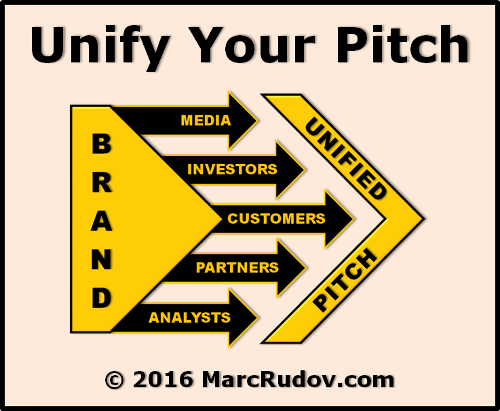 When dealing with almost every company, we learn invariably that the proverbial right and left hands have never met. This repulses us.
When dealing with almost every company, we learn invariably that the proverbial right and left hands have never met. This repulses us.
Such is true at electrical utilities, phone and cable companies, government agencies, retailers, and fledgling startups — entroprises all.
Why so much dysfunction?
People, in general, are narcissistic, directionless, and poor communicators. They behave randomly.
Surprisingly, many CEOs are either unaware of or in denial about the organizational dysfunction in their ranks. Why else would it exist and persist?
Speaking recently to a group of CEOs, I posed this basic question: If you were to ask all of your employees why your company exists and how it’s unique, what would they say? Silence and awkwardness filled the room.
These top execs were embarrassed and speechless, knowing that this management query would baffle their employees — because said execs had failed to create and communicate compelling, memorable, repeatable brands for their respective companies.
If employees are in the dark, so are outsiders. Organizational dysfunction is expensive.
Corporate Tower of Babel
I was describing to a CEO my book on branding for CEOs, specifically referring to the claim, in my preface, that most CEOs don’t care about branding. His response: “That’s true. I don’t give a shit about it. I just sell.”
What do you say when you sell? I asked. “I’m not sure, but whatever it is, it seems to work,” he quipped. Now, imagine all employees, in all departments, winging it like that and being so undisciplined! Maybe you don’t have to imagine it.
This discipline problem compounds when employees pitch different messages, departmental and individual, to the five constituent groups: customers, investors, partners, reporters, and analysts (both financial and industry).
It’s a corporate Tower of Babel.
Constituent groups are, unfortunately, accustomed to getting conflicting pitches from your company’s homepage, brochure, advertising, tradeshows, keynotes, media interviews, and public-facing employees. Think again about the unintroduced left and right hands.
No Brand, No Leverage
What should your message/pitch be?
It’s based on your brand, the customer-validated value proposition. That means all pitches are customer-centric, articulated in customer language: no product, technology, company, or industry jargon. All pitches are unified, almost identical.
For example, a customer should be able to walk from a customer pitch to an investor pitch and hear the same message. Is this true at your company?
Yes, the investor pitch will include financial metrics and timelines, but its kernel must be the customer pitch. If customers ain’t buying, financial metrics are worthless — and high-caliber investors know that.
A guy raised his hand in one of my presentations: “We have to use the jargon Wall Street tells us to use.” Translation: his company has no brand and, therefore, no leverage.
NOTE: If you haven’t earned customer validation for your brand, and you prematurely seek the blessings of analysts and the money of investors, you’ll be in a weak position. They will dictate your pitch — according to their internal buzzwords — and you will blend in with your jargon-spewing competitors. This is a branding failure. Never allow it.
Parting Advice to CEOs
Enterprises with weak brands end up with the left-hand/right-hand syndrome mentioned at the outset. This is your wheelhouse. Fix it.
Unify your pitch and your employees, each of whom must be able to recite, in his sleep, with identical words, why your company exists and how it’s unique. Winging it is inexcusable.
Every constituent pitch — customer, investor, partner, media, analyst — whether written or verbal, should be virtually identical and expressed on your terms, not Wall Street’s or your industry’s terms. Micromanage and enforce this, else risk chaos and obscurity.
A unified company is an optimized company is a winning company.
© 2016 Marc H. Rudov. All Rights Reserved.
About the Author

Marc Rudov is a branding advisor to CEOs,
producer of MarcRudovTV, and author of four books


